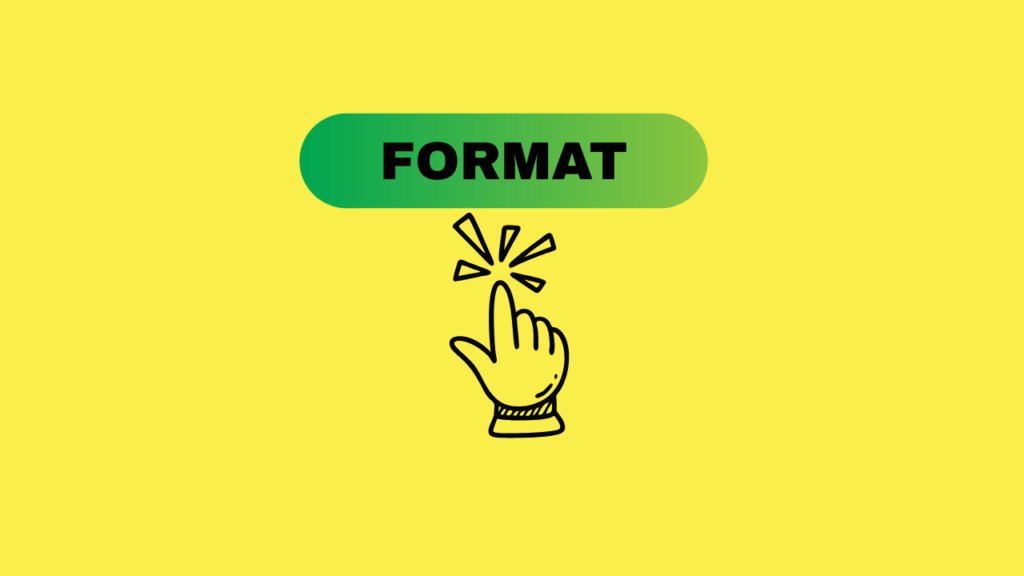Tips on using major headings, subheadings, minor headings in research papers

Try this test: Choose someone who knows next to nothing about your subject, give her or him a draft of your paper, and get the reader to construct an organogram (also known as an organizational chart) from all the headings you have used. If he or she can construct such a chart with each heading in its right place, pat yourself on the back.
Constructing a suitable scheme of headings and applying it consistently makes it easier for readers to get a bird’s-eye view of your paper while skimming through it. (Remember that few papers are read from beginning to end. If the title of a paper looks relevant, your peers may look at the abstract; if the abstract interests them, they may skim through the paper; and if that quick skim-through looks promising, they may get down to giving serious attention to your paper.) Which is why it is important to pay attention to how you format headings. Major headings should really stand out; if your target journal demands the IMRaD format (Introduction, Materials and methods, Results, and Discussion), then the second-level headings should signal the scope of the paper, and the third-level headings, in turn, should signal the scope of each second-level heading.
If you think that such formatting is unimportant, remember that headings are chunks of information. Steven Pinker, the author of The Sense of Style: The thinking person’s guide to writing in the 21st century [1], says that as we master a subject, “we master a vast number of these abstractions, and each becomes a mental unit . . . an adult mind that is brimming with chunks is a powerful engine of reason”. The elaborate hierarchy of a taxonomy makes use of this power of chunking. For instance, we can tell something about an unfamiliar animal if we know that it is a vertebrate; if we know that it is a mammal, we know even more; if we are then told that it is a primate or a rodent or a carnivore, we get a pretty good idea of what sort of creature it is likely to be.
If your target journal follows numbered headings, the task becomes easy so long as you know the level of each heading: numbers 1, 2, 3, and so on are used for major headings (the highest level); subheadings are numbered 1.1, 1.2, 1.3 . . . 2.1, 2.2, and so on; and minor headings are numbered 1.1.1, 1.1.2, and so on. In fact, you can even use such a scheme even when the target journal does not use numbered headings but chooses to indicate the levels typographically: for example, major headings are centred, in a large font, and in bold; subheadings are set flush with the left margin, in a font smaller than that used for major headings, and perhaps normal and not bold; and minor headings may be in the same font size as that of text but italicized, with the text that follows beginning a new line.
When submitting a paper to such a journal, you can either follow that design for headings or opt for numbered headings with no elaborate formatting—what is important is that you signal your intentions unambiguously (thereby making it easy for anyone to construct an organogram for your paper).
As an aside, many journals from Elsevier use numbered headings, as the following excerpt from instructions to authors for the journal Water Research shows: “Divide your article into clearly defined and numbered sections. Subsections should be numbered 1.1 (then 1.1.1, 1.1.2, …), 1.2, etc.” Yet, if you see a sample paper from that journal, you will observe that these numbers also end with a fullstop, as in 2. Materials and methods and 2.1. Study sites and sampling. Lastly, pay attention to how the headings are styled with reference to capitals or lowercase and follow that style. In the above example, the headings follow ‘sentence case’ and not ‘title case’ (Most Words Are Capitalized) or ‘all caps’ (ENTIRELY IN CAPITALS).
[1] Pinker S. 2014. The Sense of Style: the thinking person’s guide to writing in the 21st century. London: Allen Lane. 368 pp.







